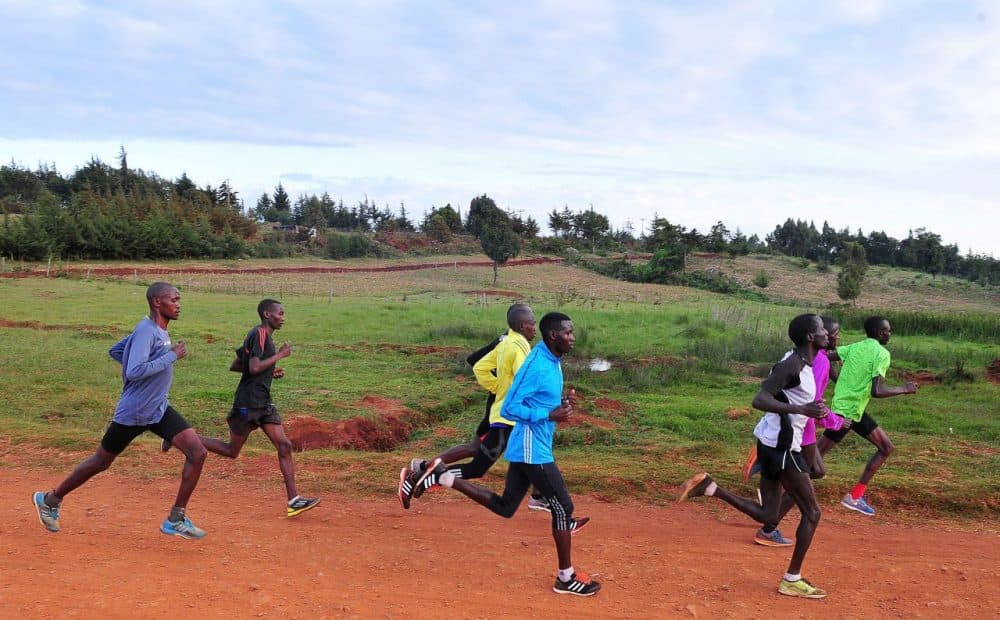Complex and controversial, sports doping history. The use of banned substances or procedures to increase athletic performance has been part of sports for longer than most people think. It has progressed with medical knowledge and technology from ancient times. Doping has created ethical, legal, and health problems, but it has also started an arms race between cheaters and authorities trying to play fairly. Three major events in sports doping history exemplify this continuous conflict.
1. Prehistory and Examples
Performance-enhancing drugs in sports are not new. Ancient athletes employed numerous medicines to boost their power and stamina. Olympic athletes in ancient Greece drank wine and brandy or ate hallucinogenic mushrooms to perform better. Roman gladiators took stimulants for weariness and injuries.
The ethical and health concerns of today were absent from early doping. Instead, they were seen as essential for competitive advantage. Performance-enhancing substances weren’t studied and condemned until the 19th and 20th centuries, when modern sports and international tournaments emerged.
2. Systematic Doping and Cold War
As part of their sports rivalry, the US and USSR created systematic doping programs throughout the Cold War. Sports became a battleground for national pride and political ideology, driving the use of performance-enhancing substances to win international competitions.
East Germany’s “State Plan 14.25,” a state-sponsored doping program, was notable for its size and long-term health impacts on athletes. To dominate international contests, notably in swimming and track and field, athletes were given anabolic steroids and other illegal chemicals without their consent. This era showed how doping prioritized glory over ethics and athletes’ well-being.
3. The Balco Scandal and Modernity
Bay Area Laboratory Co-operative (Balco) was one of the biggest doping scandals in sports history around the turn of the 21st century. Designer steroid trafficking shone a focus on drug evasion. Several famous baseball, track, and cycling athletes were implicated.
Anti-doping efforts changed with the Balco scandal. It heightened athlete scrutiny and promoted more advanced drug testing. It also raised awareness of performance enhancing ethics, leading to tougher anti-doping laws and the World Anti-Doping Agency. Doping was now considered as a major danger to sports integrity in this era.
The history of sports doping shows the conflict between winning and fair play, from its ancient roots to modern high-tech deception. Each age illuminates different facets of this complex topic, from health dangers and ethical dilemmas to the ongoing fight for equality. The history of doping reflects competitive sports’ beliefs, disputes, and challenges, not only scandals.
4. Festina and Cycling Impact
The late 1990s Festina Affair in professional cycling was one of the worst doping scandals in sports history. The 1998 Tour de France was thrown into pandemonium when Festina was disqualified for having many doping items in their cars. This event brought performance-enhancing drug use in cycling to the global forefront and resulted to rider arrests and confessions.
The Festina Affair changed professional cycling, establishing anti-doping regulations. It led the International Cycling Union (UCI) to tighten drug testing and increase punishments for violators. Doping in cycling raised health and ethical concerns, which affected the public’s view of the sport.
5. Biological Passport Introduction
In the late 2000s, the biological passport was established to combat athletes’ sophisticated doping methods. This novel method advanced anti-doping strategies. Each athlete’s biological passport is a computerized record of biological marker profiles created from multiple blood samples.
Instead of detecting the doping substance or procedure, authorities can monitor chosen biological characteristics to indirectly detect doping. In endurance sports like cycling and running, the biological passport has helped detect dopers and deter them.
6. Russian Sports System Doping and McLaren Report
The 2016 McLaren Report revealed a state-sponsored doping scheme in Russia that affected multiple sports, including the 2014 Sochi Winter Olympics. The research, directed by Canadian law professor Richard McLaren, found a massive Russian government-supported and disguised doping scheme involving RUSADA and the FSB.
Russia was barred from the Olympics and World Championships for a certain time after this disclosure. The scandal showed how far some nations would go to win international sports and the difficulties of fighting state-sponsored doping. It also spurred international anti-doping enforcement reform.
These additional points in sports doping history demonstrate the continuous difficulty of sustaining competitive sports integrity. The cycling-focused Festina Affair, the biological passport, and systematic cheating in Russian sports show how doping practices and anti-doping techniques are evolving. This history shows the difficulties of fair play and the ongoing struggles to maintain sports ethics and health.
Sports doping history is related to SpinGenie.com’s Overvalued Players in Football blog. Both subjects explore the complexities and challenges of competitive sports, where pressure to perform can lead to questionable decisions and behaviors.
Similar to how football players are overvalued due to market dynamics and club pressure to succeed, athletes may use performance-enhancing substances to meet high expectations. Doping and overvaluing athletes highlight the high risks of professional sports. Whether it’s preserving a level playing field without performance-enhancing substances or football player values and finances, they reflect the ongoing conversation about integrity, value, and ethics in sports. These issues help explain professional sports pressures and their effects.



